If you have a jade plant growing in your home, you may have noticed it developing aerial roots. Aerial roots are normal for jade plants and there are a few things you can do to deal with them. In this article, we’ll give you some tips on how to manage your jade plant’s aerial roots.
What Are Aerial Roots?
Aerial roots help the plant to anchor itself to the ground and can also help the plant to absorb water and nutrients. Aerial roots are roots that grow above the ground. They are often seen in trees, but can also be found in other plants. In some cases, aerial roots can also help the plant to climb.
What do aerial roots look like?
They are typically thick and fleshy, and can vary in color from white to green. Aerial roots are often seen in trees, but can also be found in other plants like the jade plant. Aerial roots are used to help the plant absorb water and nutrients from the air. In some cases, they may also be used to help the plant climb.
What Are The Functions of Aerial Roots?
Aerial roots are one of the most distinctive features of the jade plant. These roots grow from the stem of the plant and hang down, sometimes reaching the ground. They are thick, fleshy, and often have a reddish tinge. While they may look like they are just for show, aerial roots actually serve several important functions.
They are especially good at absorbing moisture, which is why they are often seen growing in humid environments. Additionally, aerial roots help to anchor the plant to the ground and support its weight. One of the most important functions of aerial roots is to help the plant absorb water and nutrients from the air.
If they are not trimmed regularly, they can become overgrown and start to crowd the plant. Additionally, if they are not given enough moisture, they can shrivel up and die. While aerial roots are an important part of the jade plant’s growth and development, they can also be a bit of a nuisance.

Overall, aerial roots are a vital part of the jade plant’s growth and development. While they can be a bit of a hassle, they play an important role in the plant’s ability to absorb water and nutrients and anchor itself to the ground.
Identifying and Evaluating Causative Factors?
While aerial roots are generally not a cause for concern, they can be a sign that the plant is under stress. Aerial roots are a common sight on jade plants (Crassula ovata). These roots grow from the stem of the plant and extend down to the ground, where they help support the plant.
There are a few potential causes of aerial roots on jade plants. Another possibility is that the plant is getting too much sun. If the roots are growing in search of moisture, make sure to water the plant more frequently. If the leaves are starting to turn yellow or brown, move the plant to a shadier spot. One is that the plant is not getting enough water.

Is the plant growing well? Are the leaves healthy and green? However, if the plant is struggling, it’s a good idea to consult with a gardening expert to figure out the best way to help it. If you’re not sure what’s causing the aerial roots, take a look at the overall health of the plant. If the plant is generally healthy, the aerial roots are likely nothing to worry about.
Too little water
If your jade plant is growing aerial roots, it’s likely because it’s not getting enough water. Aerial roots are a plant’s way of trying to get more water, so if you see them, it’s a sign that you need to water your plant more often.
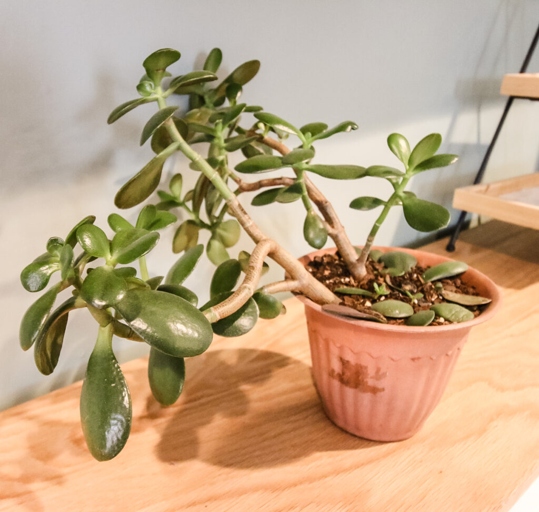
If your plant is growing a lot of aerial roots, it’s a good idea to repot it into a pot that’s a bit larger. This will give the roots more room to grow, and it will also help the plant to retain more water.
If you live in a particularly dry climate, or if your home is very dry, you may need to water your jade plant twice a week or even more often. Be sure to check the soil before watering, and only water when the soil is dry to the touch. Overwatering can be just as harmful as underwatering, so it’s important to find the right balance.
Excess Water
The best way to deal with them is to cut them off, and then adjust your watering schedule accordingly. If your jade plant is growing aerial roots, it’s likely because it’s getting too much water. Aerial roots are a plant’s way of getting rid of excess water, and they’re perfectly normal.
If you’re watering your jade plant too often, the roots will start to rot, and the plant will become susceptible to pests and diseases. To avoid this, water your plant only when the soil is dry to the touch. And be sure to empty any excess water from the saucer after each watering.
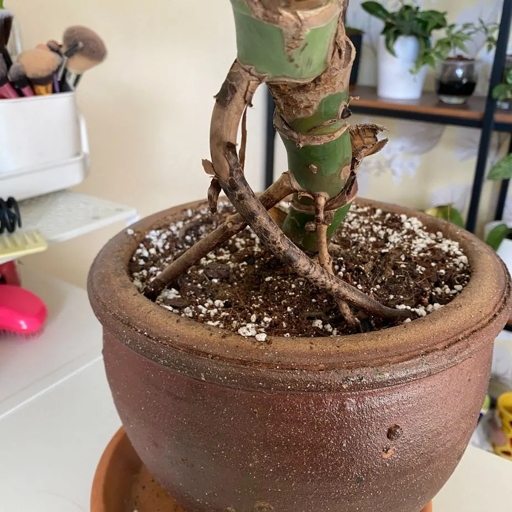
With a little care, your jade plant will thrive and be beautiful for years to come.
Temperature too high
Aerial roots are a way for the plant to cool itself down. If the temperature is consistently above 80 degrees, the plant will start to produce aerial roots. If you notice your jade plant growing aerial roots, it’s likely because the temperature is too high.
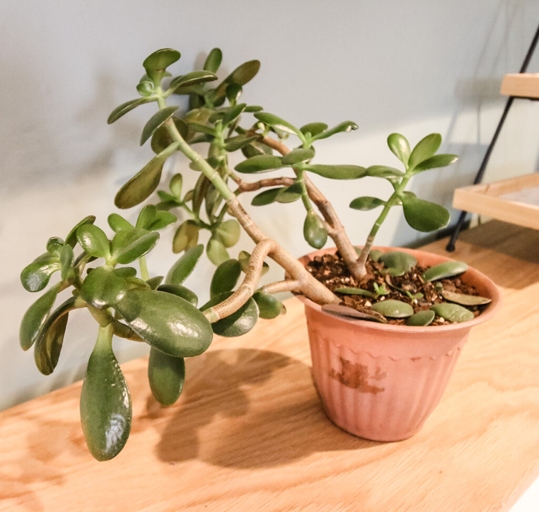
To fix the problem, you’ll need to lower the temperature. If the temperature is still too high, you may need to invest in an air conditioner. Move the plant to a cooler spot in your home or office.
Once the temperature is back to normal, the aerial roots will stop growing and eventually fall off. Aerial roots can be unsightly, but they won’t harm your plant.
Inappropriate lighting
Jade plants need bright, indirect light to thrive, and if they don’t get enough light, they will start to stretch and grow aerial roots in an attempt to reach a light source. If you notice your jade plant growing aerial roots, it’s likely because the plant is not getting enough light.

Place your jade plant under a grow light for 12-14 hours per day to give it the light it needs. If your jade plant is growing aerial roots, you can try moving it to a brighter spot. If that doesn’t work, you may need to supplement with artificial light.
Traumatic Incident
This could be from too much or too little water, low humidity, or a change in temperature. If your jade plant is growing aerial roots, it’s likely a response to stress. While it’s not harmful to your plant, it can be unsightly.
First, make sure you’re watering it correctly. There are a few things you can do to help your jade plant deal with stress and stop growing aerial roots. Allow the soil to dry out between waterings, and don’t let the plant sit in water. Finally, try to keep the temperature around your plant consistent. Avoid drafts and sudden changes in temperature. Second, increase the humidity around your plant by misting it regularly or setting it on a pebble tray.
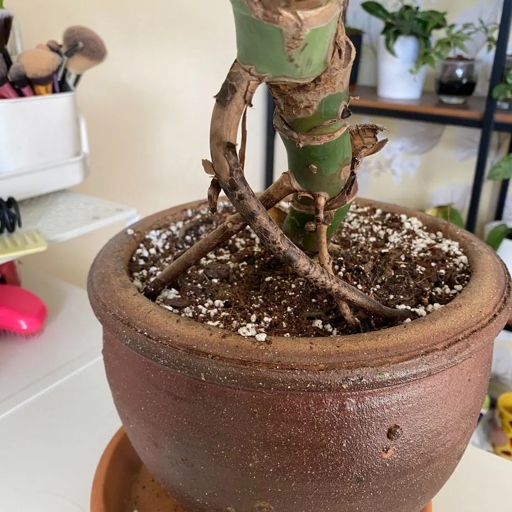
If you follow these tips, your jade plant should start to look better and stop growing aerial roots.
Nutrients in short supply
Jade plants can grow up to 6 feet tall and have fleshy, green leaves. They are drought tolerant and can store water in their leaves and stems. Jade plants are a type of succulent that is native to Africa and Asia. The leaves are often used in traditional Chinese medicine.
They are relatively easy to care for and are a popular houseplant. Jade plants need full sun to partial shade and well-drained soil. Jade plants can live for many years with proper care.
Jade plants are susceptible to a number of problems, including root rot, mealybugs, and spider mites. One of the most common problems is a lack of nutrients. This can be caused by several factors, including poor soil, inadequate watering, and insufficient light.
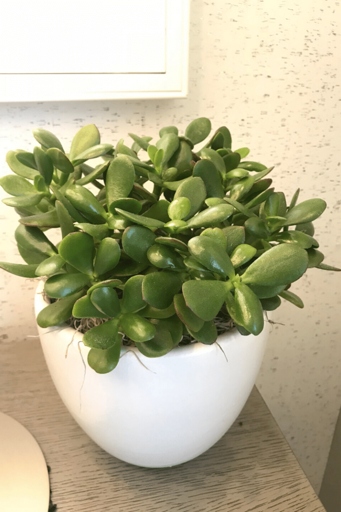
If your jade plant is not getting enough nutrients, you may notice that the leaves are yellowing or the plant is not growing as quickly as it should. There are a few things you can do to correct this problem.
If you are not sure what kind of mix to use, ask at your local nursery or garden center. First, make sure you are using a high-quality potting mix that contains all the necessary nutrients.
Next, water your jade plant regularly, but do not over-water. Water the plant when the soil is dry to the touch.
Move the plant to a sunny location or provide artificial light. Finally, give your jade plant plenty of light. If it is not getting enough light, the leaves will begin to turn yellow.
If the problem persists, you may need to fertilize the plant with a succulent fertilizer. If you take these steps, your jade plant should start to show improvement.
How Can You Get Rid of Aerial Roots?
First, you can cut them off with a sharp knife or pruning shears. Finally, if all else fails, you can always replant your jade plant in fresh soil. If your jade plant is growing aerial roots, there are a few things you can do to get rid of them. Be sure to sterilize your tools before cutting to avoid spreading diseases. Second, you can try to encourage your plant to grow new leaves by fertilizing it and giving it plenty of sunlight.
Can You Propagate from Aerial Roots?
Aerial roots are one of the most distinctive features of jade plants (Crassula ovata). They are thick and fleshy, and can be used to propagate new plants. These roots grow from the stems of the plant and hang down, often reaching the ground.
Cover the root with more mix, and water well. In a few weeks, you should see new growth emerging from the root. Place the root in a pot of moistened potting mix. Keep the pot in a warm, bright location, and water regularly to keep the mix moist. To propagate from aerial roots, cut a root that is at least 6 inches long.
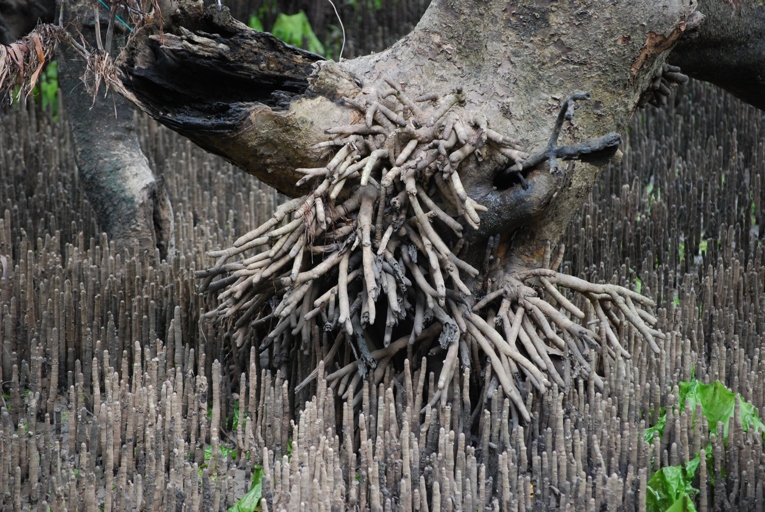
Aerial roots can also be used to help support the plant. This will help to stabilize the plant and keep it looking its best. If your jade plant is getting top-heavy, or if the leaves are drooping, you can insert some aerial roots into the potting mix.
Jade Plant Aerial Roots Drying Out
If your jade plant is growing aerial roots, it’s likely due to a lack of moisture in the air. These roots are designed to help the plant absorb moisture from the air, but if the air is too dry, they can dry out and die.
To prevent your jade plant’s aerial roots from drying out, make sure to keep the air around it humid. If the roots have already dried out, you can try to rehydrate them by soaking them in water for a few hours. This can be done by placing the plant on a pebble tray or by using a humidifier.
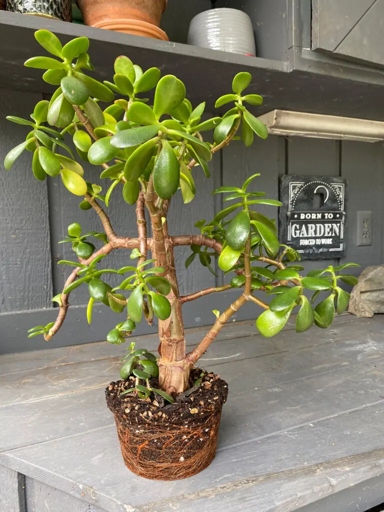
If you live in an area with very dry air, it’s best to keep your jade plant indoors where you can control the humidity. With proper care, your jade plant should continue to thrive and produce beautiful aerial roots.
Recap
Aerial roots are actually quite common in jade plants, and there are a few things you can do to deal with them. If you have a jade plant that is growing aerial roots, don’t worry – this is perfectly normal!
If they are dry, they will eventually die off. You can water them directly, or you can mist them with a spray bottle. First, you’ll want to make sure that the aerial roots are getting enough moisture.
You can move them to a brighter spot, or you can put a grow light over them. If they are in a dark spot, they will also eventually die off. Next, you’ll want to make sure that the roots are getting enough light.

You can either fertilize them, or you can repot them in a better potting mix. If they are in a potting mix that is lacking in nutrients, they will not be able to thrive. Finally, you’ll want to make sure that the roots are getting enough nutrients.
If you follow these tips, your jade plant’s aerial roots will be healthy and happy!
Frequently Asked Questions
1. What are aerial roots?
Aerial roots are roots that grow above ground. They are often seen in trees, but can also be found in other plants.
2. What causes aerial roots?
Aerial roots are often caused by a plant’s need for more support. They can also be caused by damage to the plant’s underground roots.
3. How do I know if my plant has aerial roots?
If you see roots growing out of the soil and up the plant’s stem, then your plant has aerial roots.
4. Is it bad if my plant has aerial roots?
Aerial roots are not necessarily bad for your plant. However, they can be a sign that your plant is not getting enough support or that it is damaged.
5. How can I prevent my plant from growing aerial roots?
You can prevent your plant from growing aerial roots by giving it enough support and ensuring that its roots are not damaged.
6. What should I do if my plant has aerial roots?
If your plant has aerial roots, you can trim them back if you wish. However, you should also check to see if your plant needs more support or if its roots are damaged.
7. Can I remove aerial roots?
You can remove aerial roots if you wish, but it is not necessary.
8. Will removing aerial roots harm my plant?
Removing aerial roots will not harm your plant. However, you should only remove them if you are sure that your plant does not need them.
9. What are the benefits of having aerial roots?
Aerial roots can help to support your plant and to keep it from toppling over. They can also help to absorb water and nutrients.
10. Are there any drawbacks to having aerial roots?
The main drawback to having aerial roots is that they can be a sign that your plant is not getting enough support or that it is damaged.
Final thoughts
Aerial roots are a common problem with jade plants, but there are a few things you can do to deal with them. First, make sure that your plant is getting enough light. If it’s not, move it to a brighter spot. Second, water your plant regularly, but don’t overdo it. Third, fertilize your plant every few months to give it the nutrients it needs. And finally, if you see any aerial roots that are dying, cut them off at the base. With a little care, your jade plant will be healthy and happy.
